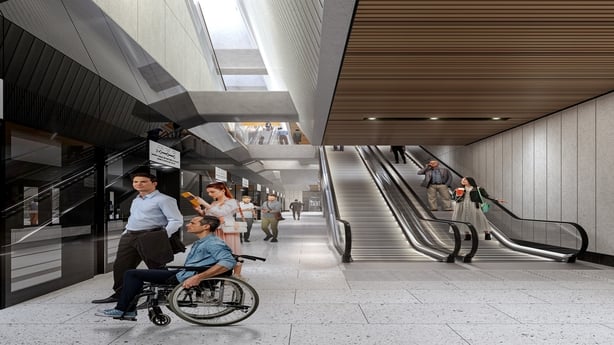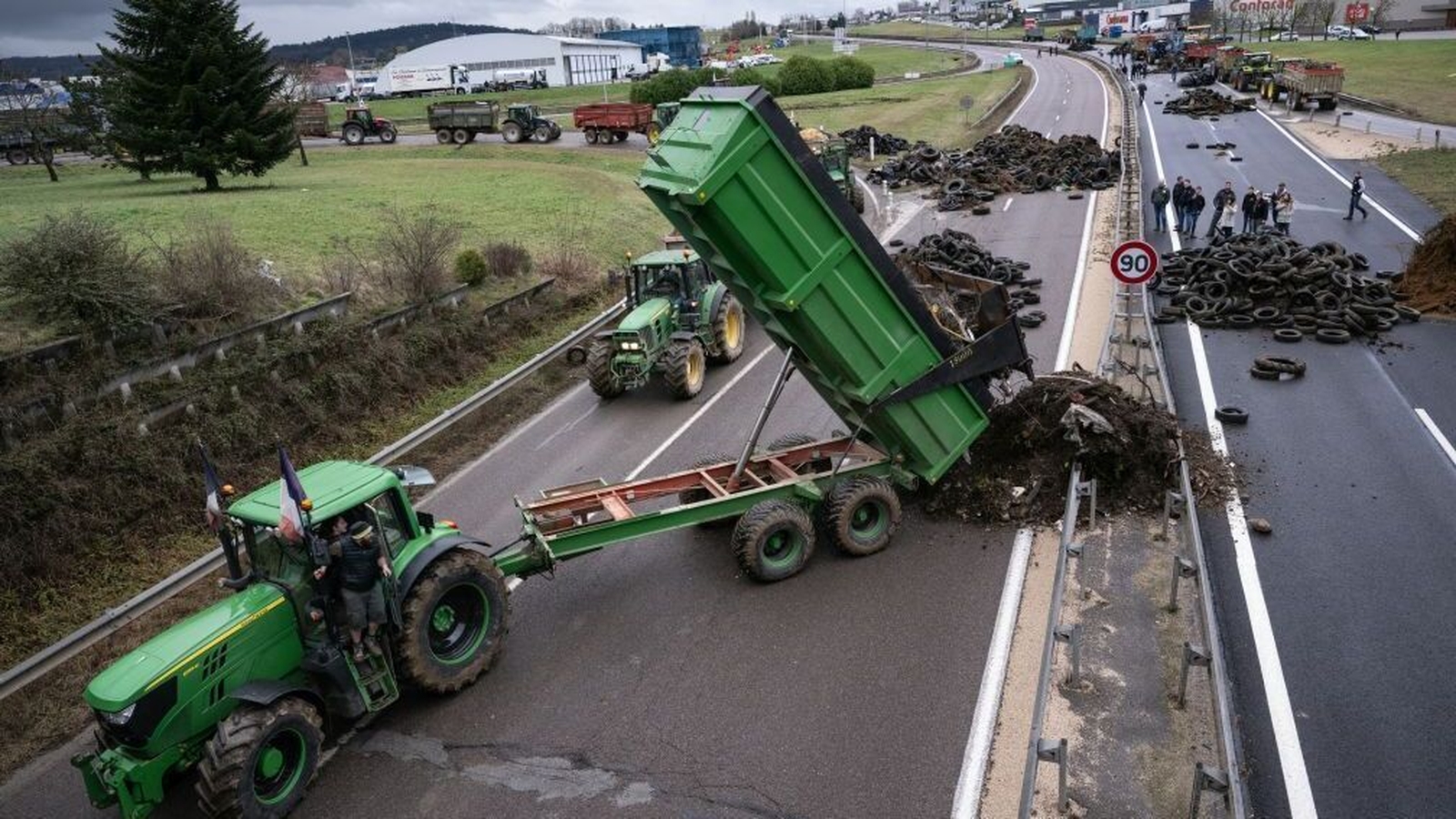Construction expert raises ‘red flags’ in Metrolink plans

A construction expert has claimed there are “red flags” in the high-profile Dublin Metrolink plans, after it emerged an impact assessment for the project did not include a new building being constructed along the line.
Conor O’Donnell, who is a geotechnical engineer and managing director of AGL Consulting, gave the evidence on behalf of Irish Life at the latest An Bord Pleanála public meeting into the project.
In evidence to the hearing at the Gresham Hotel in Dublin, Mr O’Donnell said in his view there is a “glaring omission” in the project plans.
He said this is because the Irish Life Cadenza Building was not included in the Metrolink’s impact assessment report – with the Davitt House building, which was previously in the location, included instead.
Mr O’Donnell said the Cadenza Building “reached practical completion” in October 2022 and that “it would have been very evident there was a new building under construction” at the site when assessments were taking place.
He said the Cadenza Building has a deeper basement than its predecessor and as the base “is on rock there is a direct connection of ground movements”.
Mr O’Donnell said, in his view, these issues could result in “lower tolerance to cracking, distortion and damage” in the new Cadenza Building.
He said “in my opinion it [the impact assessment] does not properly assess” the impact of the Metrolink’s construction and said that he would recommend lowering the tunnel by five metres and moving it to the east.
“The building management assessment has identified red flags popping up all over Dublin,” he said, and asked if one building was not included is it possible this is also the case for other areas.
Responding to Mr O’Donnell’s evidence, John Kinnear, director of tunneling for the Metrolink engineers Jacobs, said while the Cadenza Building was under construction “at the time of the assessment” it concluded in October 2022.
He said the Metrolink project’s planned route “went in before that, only just” and added that relevant parts of the impact assessment of Davitt House took place in 2019, before acknowledging plans for the Cadenza Building were available online in 2018.

Colman Billings of BDA Consultants also gave evidence on behalf of Irish Life.
Mr Billings, who told the hearing he has been a facade consultant for 30 years and has worked on projects including earthquake-protected towers in the Caribbean, said the Metrolink project’s current plans pose potential problems for the Cadenza Building.
Mr Billings said there are window walls linked to “extremely large slabs” on the outside of the Cadenza Building and that the impact of the Metro project could see these glass walls “rotate on the slab” by as much as seven millimetres in its corner.
He said this would put the facade “under an extreme amount of stress” and that “we might get cracking of stone, and if we get cracking of stone we might get falling of stone, which obviously we want to avoid” as parts of the building are “hanging out onto the street”.
At an earlier morning session, Hines Real Estate Ireland said while it is supportive of the Metrolink plans it also has concerns over the potential impact to its property Aercap House.
The company said the impact assessment described Aercap House as a “five-storey building without a basement” and said “that is a better description of the previous building which was Canada House”, as Aercap House is a “six-storey building with a two-storey basement and a piled perimeter wall”.
Hines Real Estate Ireland said in its view “the incorrect information used to assess the degree of damage calculated, based on masonry building and not the type of building Aercap House is” and that in its view “we don’t believe the board and inspector can rely on the assessment done” as it may “allow water into the building”.
Eamon Galligan, a senior counsel acting for Hines Real Estate Ireland, said the company “therefore request elevation [of the Metrolink’s tunnel] be lower to ensure no damage be caused to any part of Aercap House”.
Responding to the points raised by Hines Real Estate Ireland and if the building referenced in the impact assessment is not Aercap House, Mr Kinnear said: “We can confirm that assessment doesn’t have the full details.
“At that point we didn’t know about the piles and the double basement, which we now know about. We updated that assessment overnight.”
He said he did not disagree that the details of the buildings are essential for the project and will be addressed as part of the project, but said “the submission made by the applicant didn’t mention the basement”.





